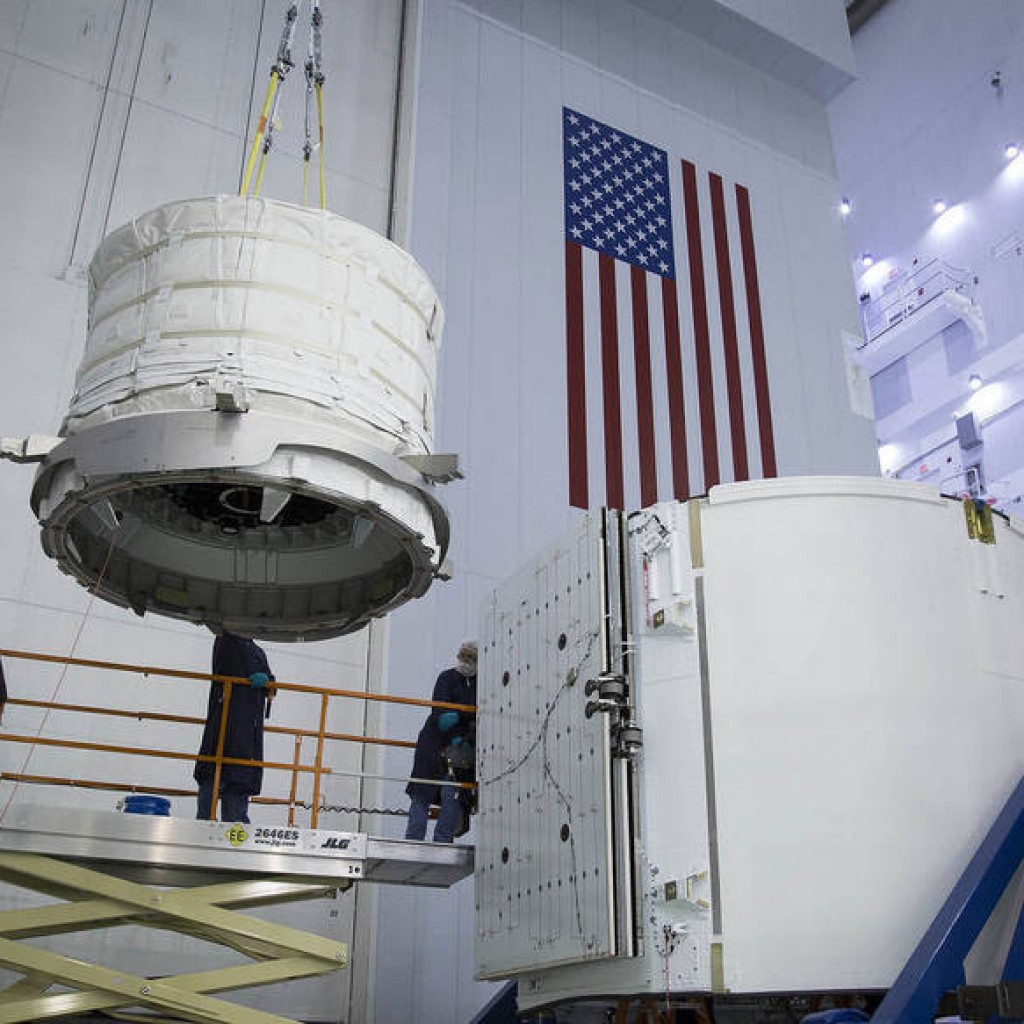
SpaceX’s Falcon 9 rocket launch planned for Friday afternoon is aimed at the International Space Station, but much of the science and technology inside its Dragon capsule is aimed at taking humans far deeper into space one day
The launch is scheduled for 4:43 p.m. from Cape Canaveral Air Force Station. The mission is to be the first SpaceX supply delivery to the space station in a year, since before the last attempt blew up shortly after launch this past June.
This time the SpaceX Dragon capsule will be filled with almost 7,000 pounds of supplies and equipment, including components for astronauts to test a new expandable space habitat that could be a key to giving astronauts a place to live during years-long space missions.
The Bigelow Expandable Activity Module, to attach to the space station and open looking like a Jiffy Pop popcorn maker, will be only one of several science and technology supplies developing around the theme of keeping humans alive and well in space for a long time.
One study will look at cellular changes in microgravity that could affect astronauts’ immune systems in long spaceflights. One looks at muscle atrophy and bone loss on long spaceflights.
Then there is the BEAM, which is the product of new-space entrepreneur Robert Bigelow and his Bigelow Aerospace, to develop an expandable space habitat that could serve both orbiting space stations and long-distance spaceflights.
“As we send crews off to faraway distances like Mars, we’ve heard others on the panel here talk about mission classes of 1,000 days, of 1,100 days. With that we need a place to live, we need a place for logistics” Jason Crusan, director of NASA’s Advanced Explorations Systems Division said at a news conference Thursday. “A round trip to Mars may take up to 300 cubic meters for storage volume for both live-in and all the goods that we have. So we need a very large habitat.”
Metallic structures are limited in size to what fits inside a rocket’s cargo fairing, Crusan said, and that will probably never provide enough space.
The BEAM will be attached to the space station in its compacted configuration and then unfold like a tent. Astronauts will pressurize it with air from the station and eventually enter it. It’ll stay attached for two years.
“We want to understand the structural integrity, the radiation performance and the temperature control of BEAM in order to inform our choices for deep-space habitats,” Crusan said.
Bigelow also wants to develop commercial space habitats with the technology, including a commercial space laboratory to orbit the Earth. Its plans also call for two more, much larger expandable habitats to go up to the space station in 2020.
The Falcon 9 rocket launch will be followed by yet another attempt by SpaceX to land the first stage of the rocket on a barge at sea, part of the company’s goal of making the rockets reusable. While the company has successfully landed a rocket on land, back in December, its sea landings so far all have failed.
The weather looks good for Friday’s launch, with only a 10 percent chance of unsuitable weather, according to the Air Force 45th Space Wing Weather Squadron at Patrick Air Force Base. The backup opportunity will be 4:20 p.m. Saturday.



